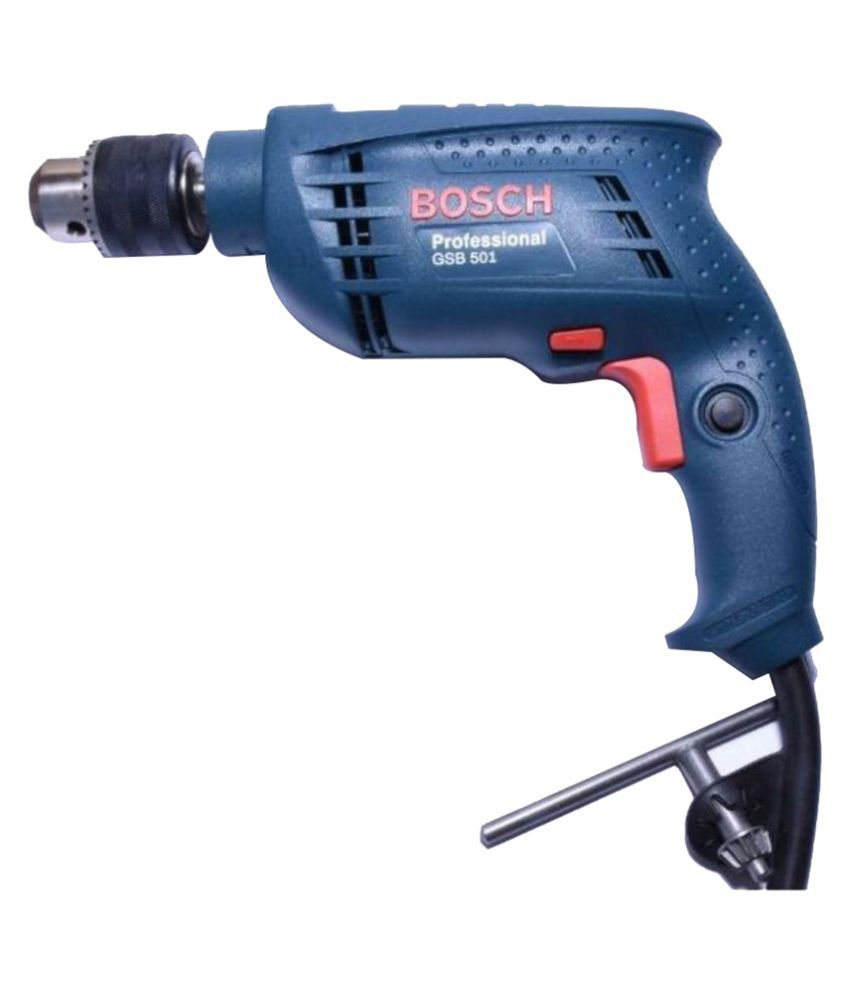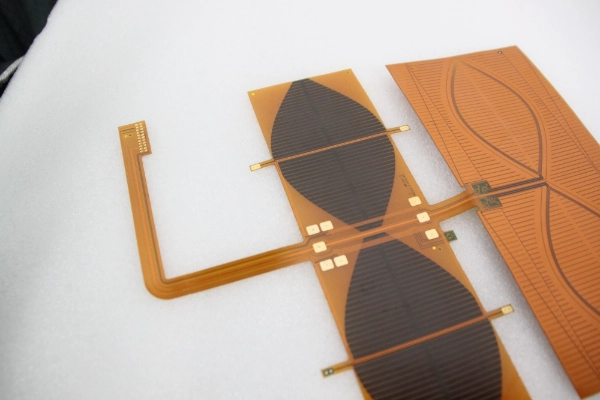In the dynamic realm of power tools, the choice of a cordless hammer drill is a pivotal decision that can significantly impact the efficiency and success of your projects. Navigating the sea of options requires a nuanced understanding of your specific needs and the features that distinguish one cordless hammer drill from another. Let's embark on a detailed exploration to empower you in making an informed and strategic selection.
1. Assessing Your Needs: Defining the Scope of Your Projects
Begin your journey by evaluating the nature of your projects. Consider the materials you frequently work with – whether it's wood, metal, or masonry. Identify the tasks that demand the power and versatility of a cordless hammer drill, such as drilling into concrete or driving fasteners into tough surfaces. This initial assessment lays the groundwork for tailored decision-making.
2. Power and Performance: Unraveling the Technical Specifications
Dive into the technical specifications that define the power and performance of cordless hammer drills. Understand the significance of voltage, torque, and impact per minute (IPM). Different projects require varying degrees of power, and comprehending these specifications ensures your chosen drill aligns seamlessly with the demands of your tasks.
3. Battery Technology: Sustaining Your Productivity
The heart of any cordless tool is its battery, and the world of battery technology is continually evolving. Explore the different types of batteries available, from traditional nickel-cadmium (NiCd) to lithium-ion (Li-ion). Uncover the advantages of Li-ion batteries, such as longer runtime, lighter weight, and minimal self-discharge, contributing to sustained productivity on the job.
4. Ergonomics and Design: Crafting Comfortable Work Sessions
A cordless hammer drill is an extension of your craftsmanship, and its design plays a pivotal role in your overall experience. Analyze the ergonomics of different models, considering features like grip design, weight distribution, and the placement of controls. A comfortable and user-friendly design ensures that your tool becomes an ally rather than a hindrance during extended work sessions.
5. Chuck Size and Compatibility: Adapting to Different Tasks
The chuck size of a cordless hammer drill determines the range of drill bits and accessories it can accommodate. Explore the advantages of different chuck sizes and understand how they impact the versatility of your tool. Consider the convenience of keyless chucks for quick and tool-free bit changes, allowing you to adapt seamlessly to the requirements of various tasks.
6. Additional Features: Maximizing Utility
Beyond the basics, cordless hammer drills come equipped with a variety of additional features. Investigate options like adjustable speed settings, built-in LED lights for improved visibility, and brushless motor technology for enhanced durability. These features can elevate your overall drilling experience, providing added utility and convenience.
Conclusion: Making Your Choice a Strategic Investment
As you stand at the crossroads of choosing a cordless hammer drill, armed with knowledge, recognize that your decision is an investment in your craftsmanship and project efficiency. Tailor your choice based on the unique demands of your projects, ensuring that the selected drill aligns seamlessly with your workflow and requirements.



More Stories
Inside Dconntek’s Rectangular Connector Series: Built for Precision and Durability
The Impact of Temperature on Oscillator Performance and Stability
Choosing the Right Low-Voltage Three-Phase Motor: Key Specifications & Best Practices